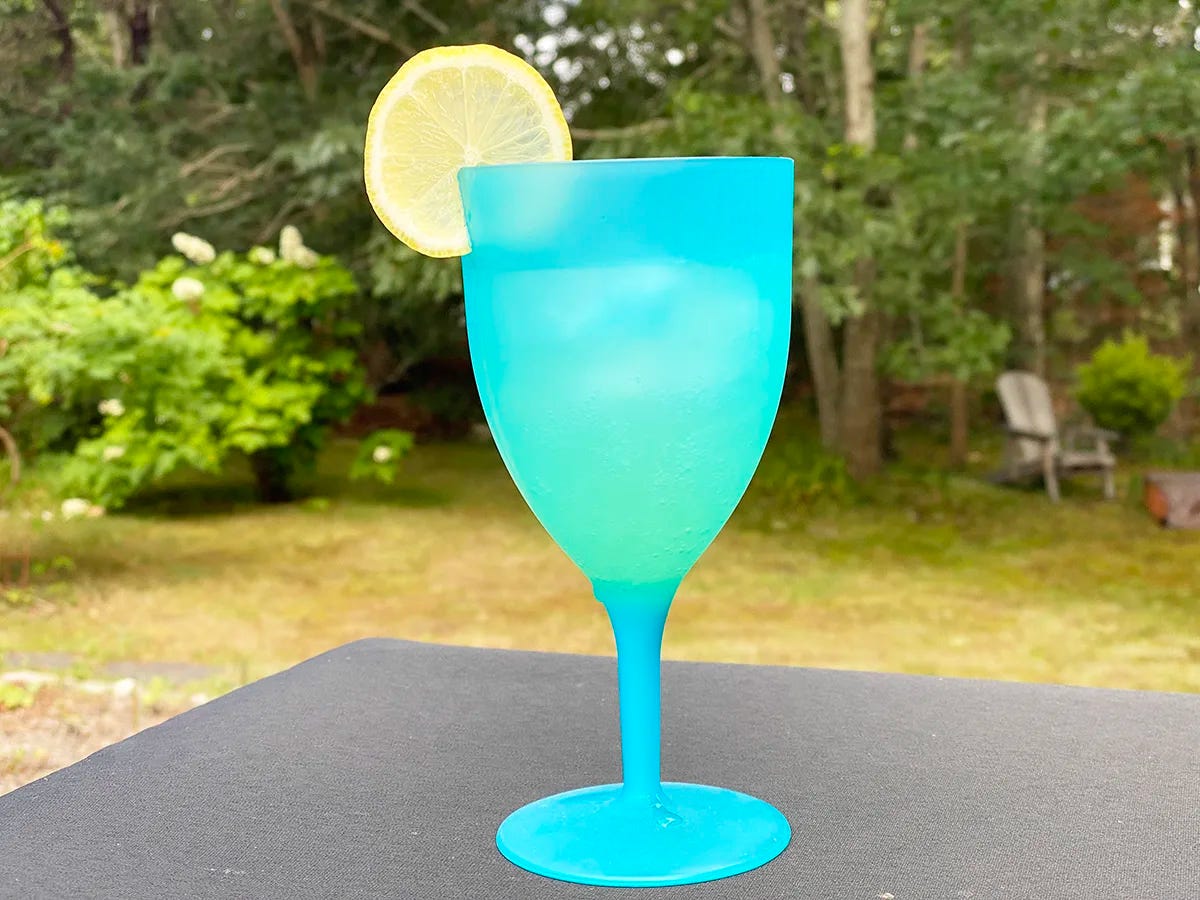Limoncello Spritz
A summery citrus spritz
Tuscany was in a heat wave this past June while we were touring the hill top towns of Italy’s premiere wine region. We ended up stopping for lunch at a small little cafe, snagging one of two outdoor tables. It seemed like a perfect time to have a spritz. The menu offered a few different options, and we went with Limoncello.
A month later, I was rummaging through my parents’ liquor cabinet, I came across a bottle of Limoncello. Why not recreate the light, sour-flavored spritz on a hot Friday afternoon?
I wasn’t the only one thinking about sprtiz-ing that afternoon. Someone in the house had planned on making Aperol spritzes, the bitter, bright red, summer drink that has over the last two decades, come to represent summer across Europe and upmarket bars in the states.
Campari acquired Aperol in 2003 and set about conquering the world with aggressive marketing to make the Sprtiz happen. It’s not a coincidence that cafe umbrellas branded with Aperol Spritz are scattered across Europe, or that branded glassware has shown up in apartments I’ve rented in various countries. For more on how the Spritz came to mean summer, check out Dale Berning Sawa’s piece in the Guardian.
A limoncello spritz is a pretty straightforward drink. It’s not quite as simple as a Negroni which uses a ratio of 1:1:1, but it does use an elegant 3:2:1 ratio. That means there’s no complicated measuring, simply use the same device 3x for prosecco, 2x for the Limoncello, and 1x for the soda water. I garnished with a lemon slice because I happened to have a lemon, but its not necessary.
(For our four-year-old, I poured a glass of lemonade and garnished with lemon. He wasn’t amused by the inclusion of the fruit, but did drink the lemonade.)



